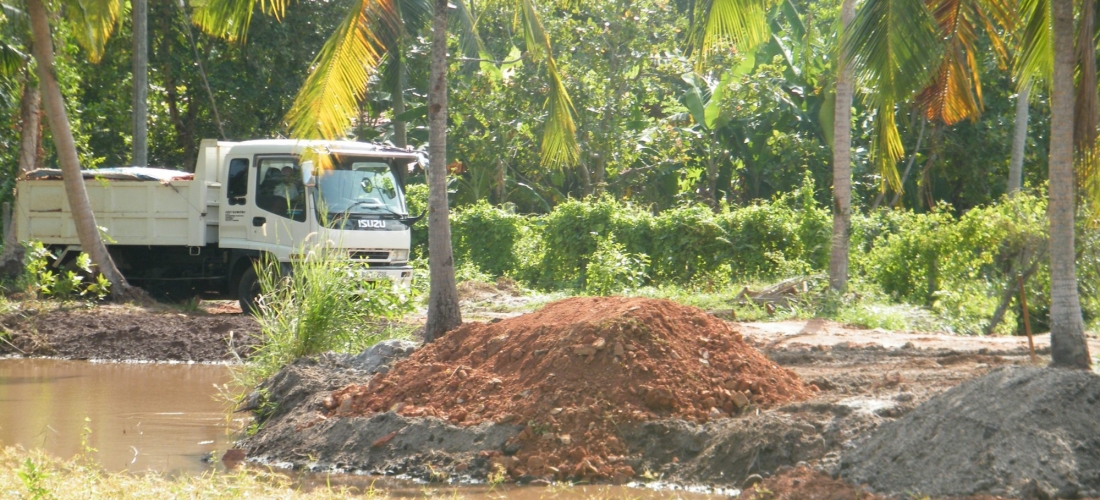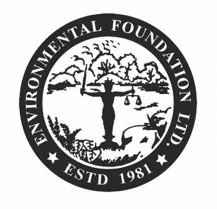Category:Interventions, Mining and Mineral Extraction

Located within the intermediate zone of Sri Lanka and about 6km away from western coastline, Suduwella is an area rich in Silica sand. It is also an important agricultural land as this area falls within the Coconut Triangle of the island.
Due to its richness in such mineral resource, it has been heavily exploited by sand miners and continues to be highly vulnerable to such activities. Upon receiving many complaints and further, encountering protests organised by the local community/organisations against sand mining, our team at EFL commenced an investigation.
Following this, a site visit was conducted on the 11th of July, 2016, to assess the status of 8 mining sites in Suduwella. In general, it was observed that the entire area had been extensively deteriorated due to mining activities. Settlements near sites and abandoned pits were a common sight. The contamination of water was another critical issue. A well in close proximity to the pits was contaminated, affecting approximately 25 households, a pattern which only appeared to be increasing. A few other issues include the depletion of ground water levels and contamination causing a shortage of water for daily use for crops (ex: cultivation of betel leaf and vegetables) and a reduction in fertile soil for coconut plantation.
The most controversial of all was site 5 at Henapola. The Lanka Tiles PLC had proposed to build a grout manufacturing factory at Suduwella, which would invariably cause more distress and inconvenience to the villagers. The Kadupiti Oya, a stream supporting the community, is under serious threat as it lies adjacent to this site.
Considering the critical ecological conditions pertaining to this land and the risk of a decrease in drinking water for the locals, permit issuance had been temporarily halted. Despite, around the month of March 2017, it was learnt that this very same site has now been proposed for sand mining by Lanka Tiles PLC, who has requested a permit to mine sand instead of constructing the factory.
Mined sites had not been refilled according to *regulations stipulated by the GSMB and in some instances, not filled at all. Therefore, the entire village of Suduwella is at great risk of losing its natural water resources. As mined sites have not been replenished properly, the once fertile land has undergone severe degradation. Sadly, relevant authorities of the area do not seem to be paying attention to the gravity of the issue, despite strongly voiced concerns by the local community.
As Suduwella is fairly degraded at present, it is important to consider the entire area and assess the cumulative impacts prior to issuing permits. Furthermore, as this is a suitable land for agricultural purposes, especially coconut plantations, it is important to preserve the land and use it in a sustainable manner. If mining activities are properly regulated and monitored, most of the damage done to the environment as well as to the people can be minimised or even avoided. Also, as the land bordering the stream is critically positioned, it is fundamental that a proper feasibility study is conducted prior to the issuance of a permit.
(*Regulations- Legal Analysis
According to the Mines and Minerals Act No. 33 of 1992, all mines require a license to function. According to the act, “the holder of a license issued under this Act, shall carry out the activities authorized by such license in compliance with such standards and procedures as are prescribed for the carrying out of such activities by the National Environment Act, No. 47 of 1980 and where such license is for exploration or mining the holder of the license shall restore and rehabilitate the land on which such exploration or mining had been carried out, in the manner prescribed by that Act or this Act”).





